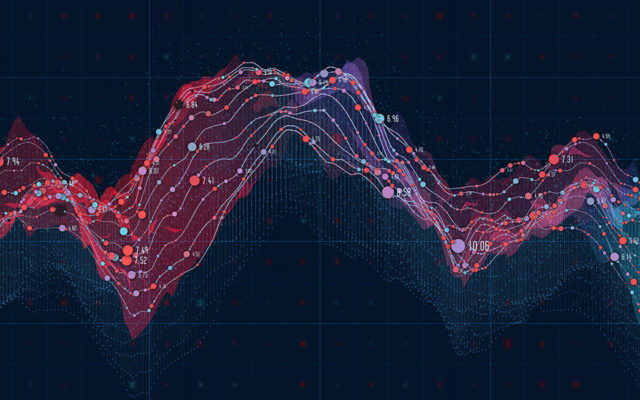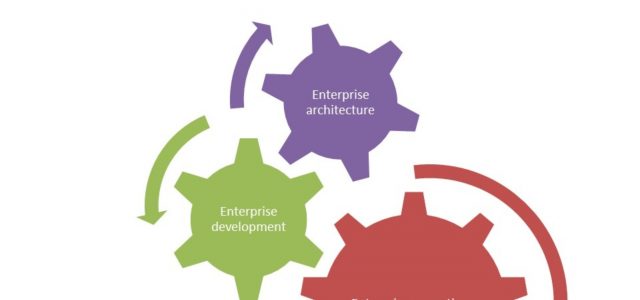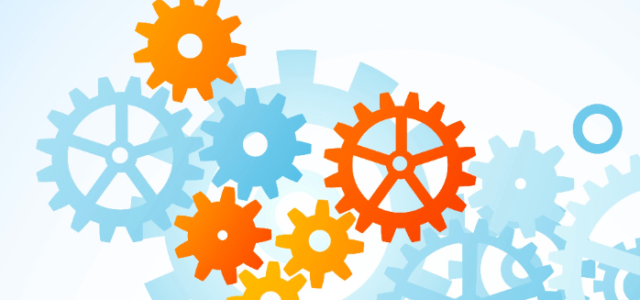Location data has always been useful to businesses across nearly every sector, but the growing volume of data and advanced spatial analytics capabilities make this information much more valuable.
Since so much data has a geographic element to it, spatial analytics is applicable in many different fields and scenarios.
Spatial analytics refers to analyzing data related to location and space, such as where things are located, the distance between things or something’s size and shape. You can use spatial analytics to look for patterns, map out routes and discover insights that inform your decision-making. Here are some examples of how spatial analytics could benefit your organization.
Understanding location
At its simplest level, you can use spatial analytics to understand and visualize the location of things. While it seems basic, this information is often essential to have. For example, if you run a chain of fast food restaurants, you need to know where all of your restaurants are located. If you’re an electric utility, you need to know where all of your infrastructure is.
Mapping this information can help you better understand it, keep it organized and help ensure everyone is on the same page. Even if you’re just looking to move your storefront or office, location data can help you find highly-trafficked areas or avoid more expensive areas.
Once you understand where things are, you can use spatial analytics to explore the relationships between locations. For example, you can map the locations of your warehouses and the customers that you frequently deliver to.
Mapping this information can help you visualize how far your customers are from your warehouses. You can use this information to conduct an analysis to determine whether it would be cost-effective to open an additional facility and the best location for that facility.
Optimizing routes
Spatial analysis for determining the optimum routes to take. This could apply to delivering food to customers from a restaurant, transporting patients to hospital and even constructing a pipeline. Using spatial analytics, you can look at route lengths, traffic patterns, road conditions, potential hazards and more to choose the optimal routes to take for various situations.
Reducing travel time by optimizing routes can have many benefits. Cutting down on drive time for deliveries can reduce fuel usage and vehicle wear, meaning reduced costs and environmental impact. It also means happier customers because they receive their orders faster. Cutting time off of each delivery also enables drivers to accomplish more in less time.
When it comes to emergency medical services, choosing the optimal route is even more crucial. When transporting a patient to the hospital, an emergency medical technician, or EMT, could use a map with multiple overlays to quickly determine the best route depending on the time of day, weather conditions and more.
Discovering patterns
Looking at geospatial data over a large area or over time can reveal patterns that you can use to improve your decision-making. This can add value for organizations across a wide range of fields from marketing to retail to healthcare to banking.
Sometimes, uncovering these patterns may be fundamental to how a business operates. Insurance companies, for example, can use geospatial data to help determine which areas should be subject to higher premiums due to higher risk. Insurance providers can map the areas they serve and then add in demographic data and information about how many claims are filed where. They can use this data to calculate risk and adjust their estimations as needed as they input new data.
Revealing patterns in data may also help companies identify opportunities. For example, if you run a car rental location and are looking for a new location, you could map your current locations and those of your competitors. Doing so may reveal under-served or unserved areas where you could locate. Adding in data about where people frequently search online for information about rental cars could make your results even more accurate.
Making predictions
A more advanced use of spatial analytics involves making predictions based on past data and current trends. Making accurate predictions allows you to prepare for the future and get ahead of possible future trends.
For example, marketers increasingly use data to help them determine the right targets for their ads. Location data can be an important part of this. By collecting data on where a company’s current customers live and work, they can discover patterns about the type of people who patronize the company in question. They can then look for people and places with similar characteristics to predict who might be interested in the product in the future.
Another possible use of geospatial analytics and mapping occurs when fighting wildfires. Mapping the location of a fire and inputting data about vegetation, wind and other factors can help firefighters predict where a fire might spread to next. This enables them to get ahead of the fire and control it more effectively.
Data related to location has always been important, but thanks to modern technology, we have more of this information and can do more with it than we ever could before. If spatial analytics isn’t part of your data strategy yet, it’s time to start thinking about how it could benefit your organization.
Article by channel:
Everything you need to know about Digital Transformation
The best articles, news and events direct to your inbox







